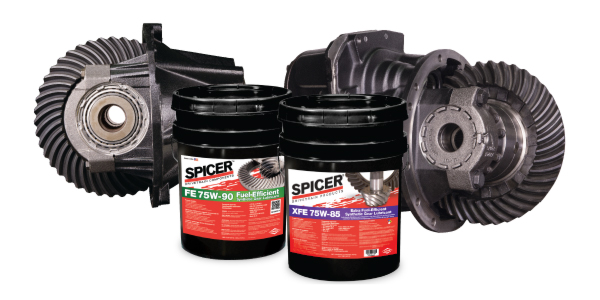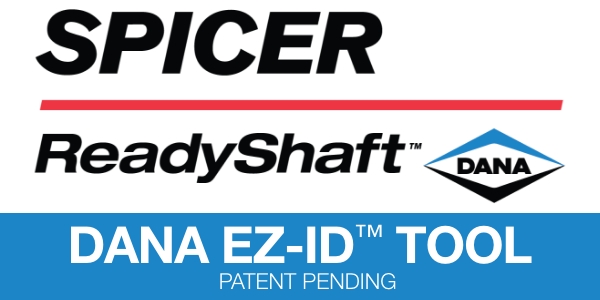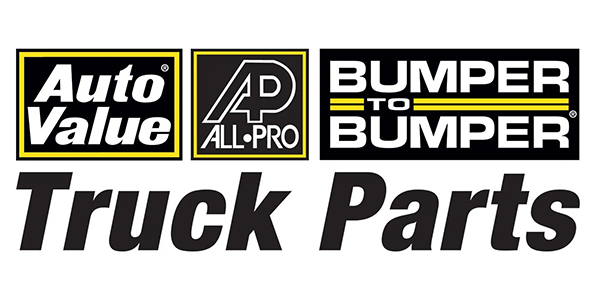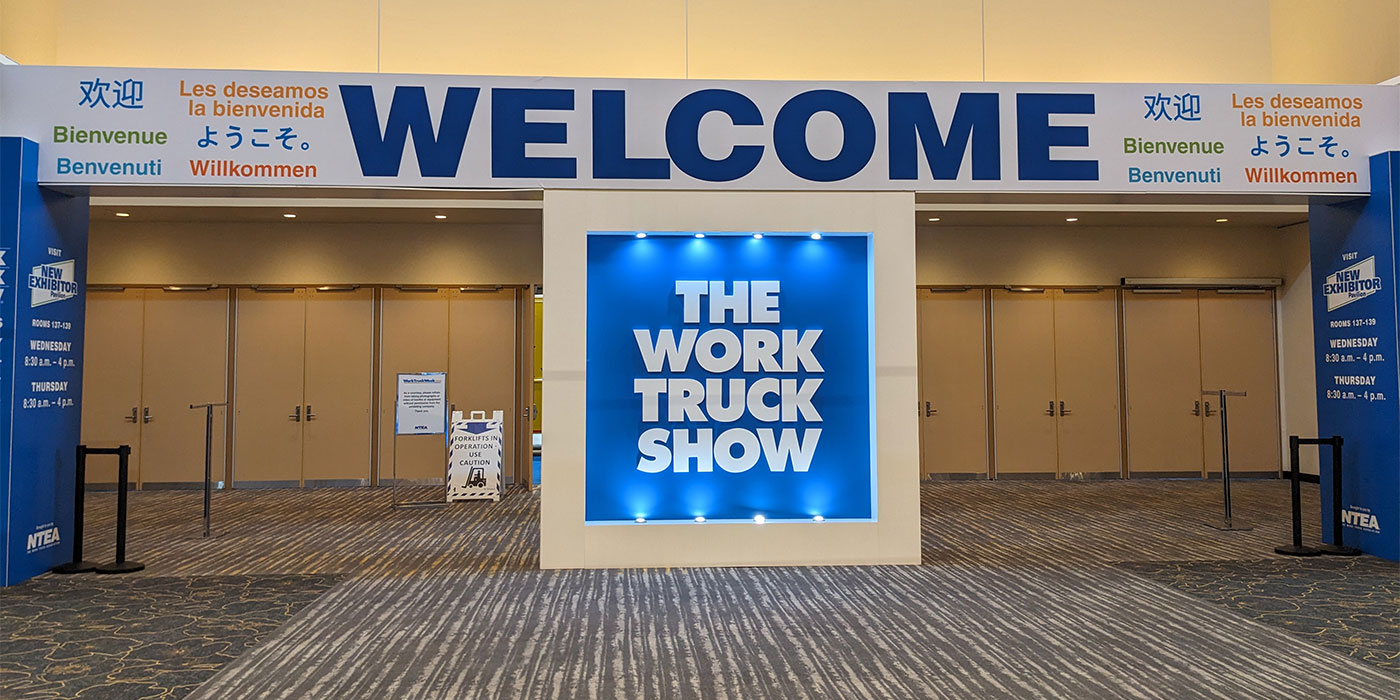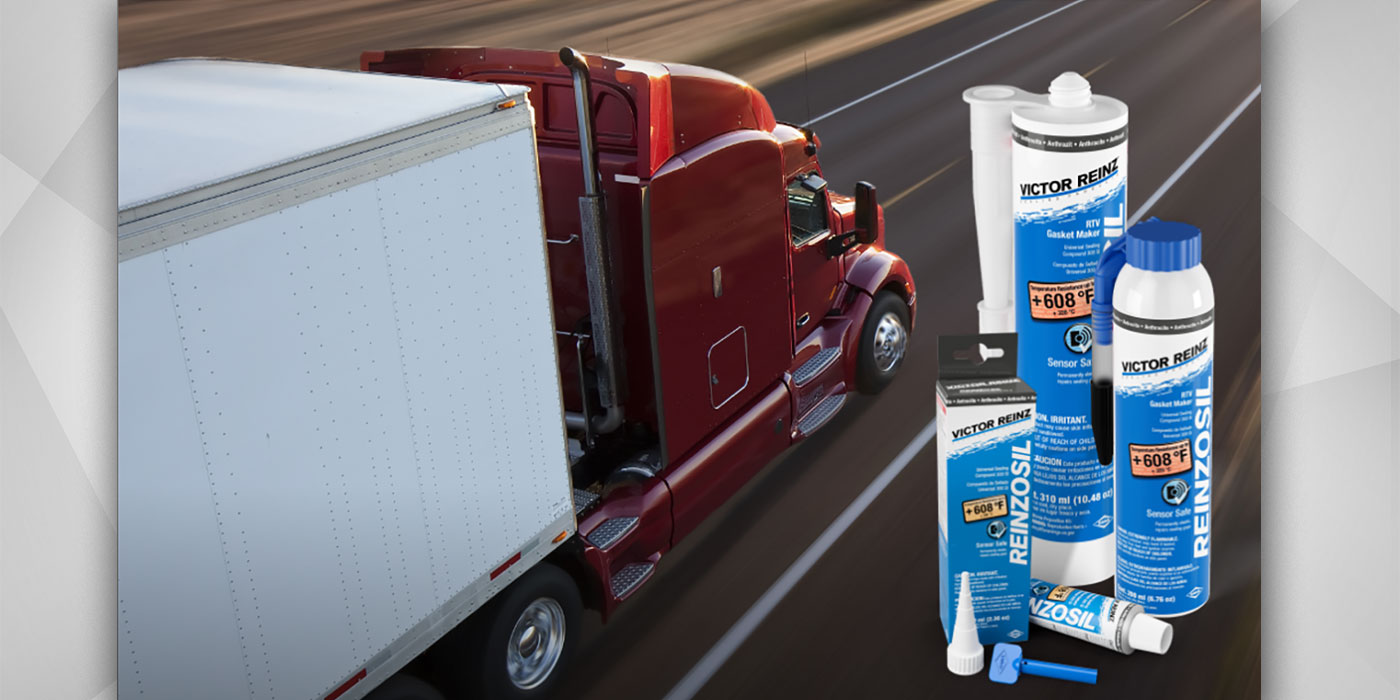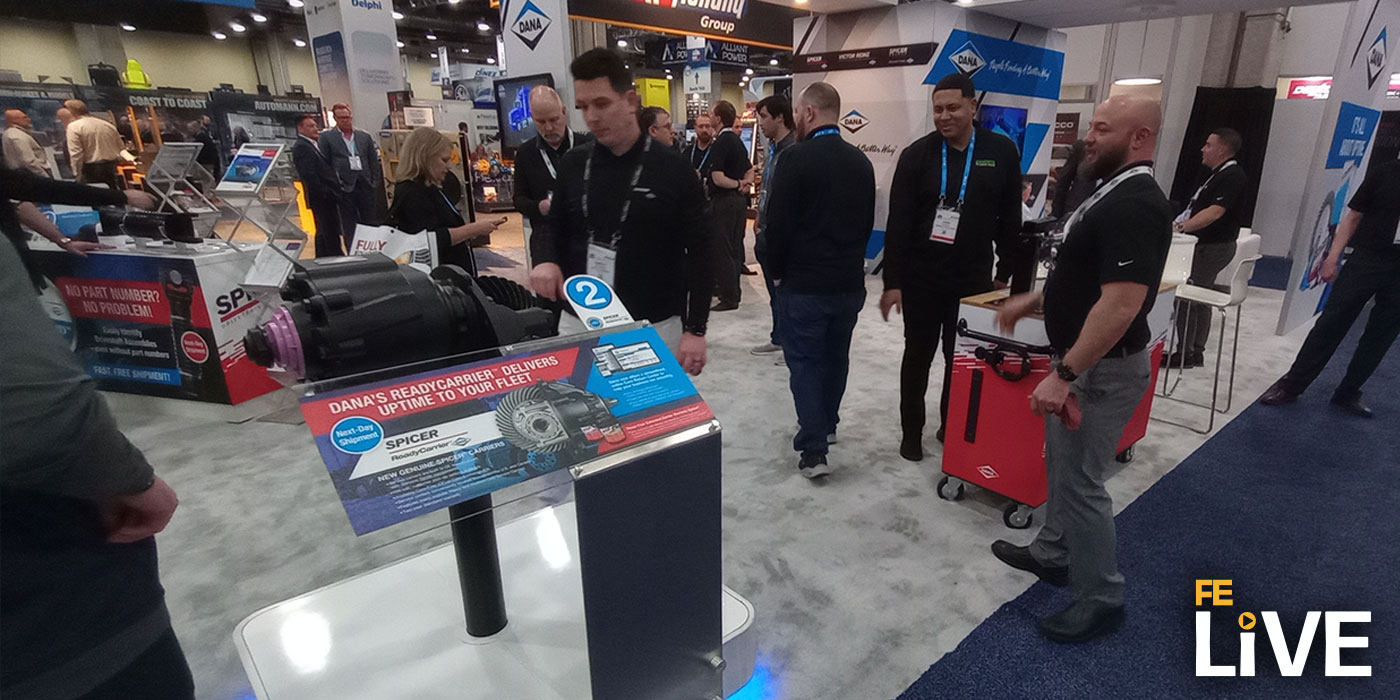The quality of a commercial vehicle’s axle carriers can mean the difference between reliable performance and roadside breakdown. When part failure occurs, ensure that proper time is taken to ask questions and investigate the true cause. If it turns out that an axle carrier needs to be replaced, choose parts that are original equipment-quality to reduce additional downtime later, and cut the risk of costly collateral damage.
In a perfect world, every truck in a fleet would run as smoothly as the day it rolled off the line. Yet the reality is that things break—and axle carriers have so many parts that can potentially fail. When a driver first notices an immediate or potential issue with an axle carrier, an exploratory tactic can help find the true cause of the failure. It’s helpful to keep in mind that a failed axle carrier component can be the result of part failure rather than the cause. Asking the right questions can help zero in on the source of the problem.
The vehicle driver and the repair technician are great resources to help identify why the failure occurred. Questions to be asked can center around failed component torque rating, part repair history, and whether the parts failed gradually or suddenly. Road conditions, potential cyclic overload, and vehicle system failure may also be explored. Other important considerations are the presence of visible leaks, and lubrication type, brand, and schedule. There are many significant factors when analyzing part failure, and these suggestions can help get started down the path to finding answers.
As mentioned before, there is almost a staggering array of potential issues related to an axle carrier. That’s why an investigative approach is so important. Signs of failure include etching, when water enters a carrier and corrodes the metal; fretting, which may be indicated by a tinted sludge created by torsional vibration; and premature wear that can occur as a result of incorrect lubrication. While answers may often be found with a visual inspection, expert knowledge and experience are invaluable. A comprehensive examination of the situation will help ensure that the ensuing repair is done correctly and thoroughly the first time.
If a new axle carrier is indicated once the true cause of the problem is identified, it is crucial to select an assembly that is as good as or better than the parts it is replacing. One solution, featuring OE-quality components and the latest engineering improvements, is a Spicer® medium- or heavy-duty axle carrier from Dana. Dana offers two purchasing options for new genuine Spicer carriers: a competitively-priced core-exchange option and a core-free option that requires no core deposit or core return. While both options are of the highest quality, the core-free option offers savings on storage, freight charges, staff time, paperwork, and hassle up front.
Spicer medium-duty and heavy-duty core-free axle carriers are built with brand-new premium gearing, bearings, and oil seals in every unit. All carrier gearing components are manufactured with special grade steel, heat-treated and shot-peened to optimize hardness and performance, and are precision machined to help ensure consistency across all axle sets. They are backed by a full 2-year warranty, with an option to extend the warranty to 3 years when customers use Spicer FE 75W-90 or XFE 75W-85 lube in linehaul applications. Distribution and logistics sites for genuine Spicer carriers are available throughout the U.S. and Canada, with same-day service available in certain areas.
The failure of any component of a commercial vehicle’s axle carrier can mean extensive downtime and pricy repairs. When axle carrier failure strikes, the best approach is to avoid jumping to conclusions and to perform a careful examination of the entire situation. Once the cause is determined, don’t risk another failure by opting for knockoff replacement parts. Choose an axle carrier featuring brand-new, warranty-backed components to ensure years of dependable service.
This article was sponsored by Dana Incorporated.

